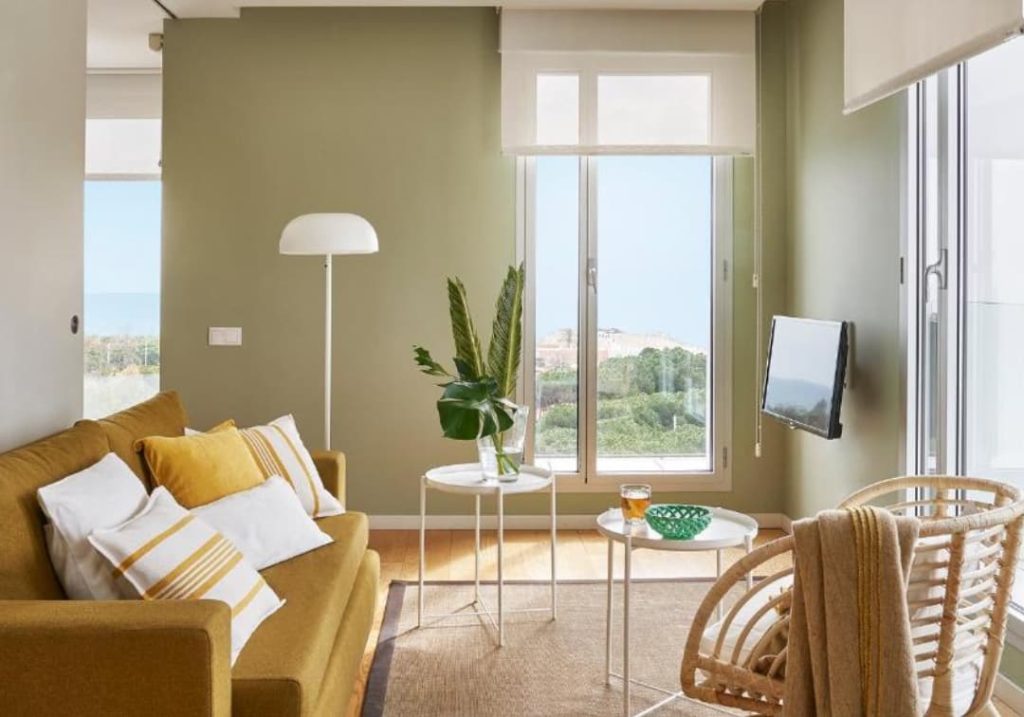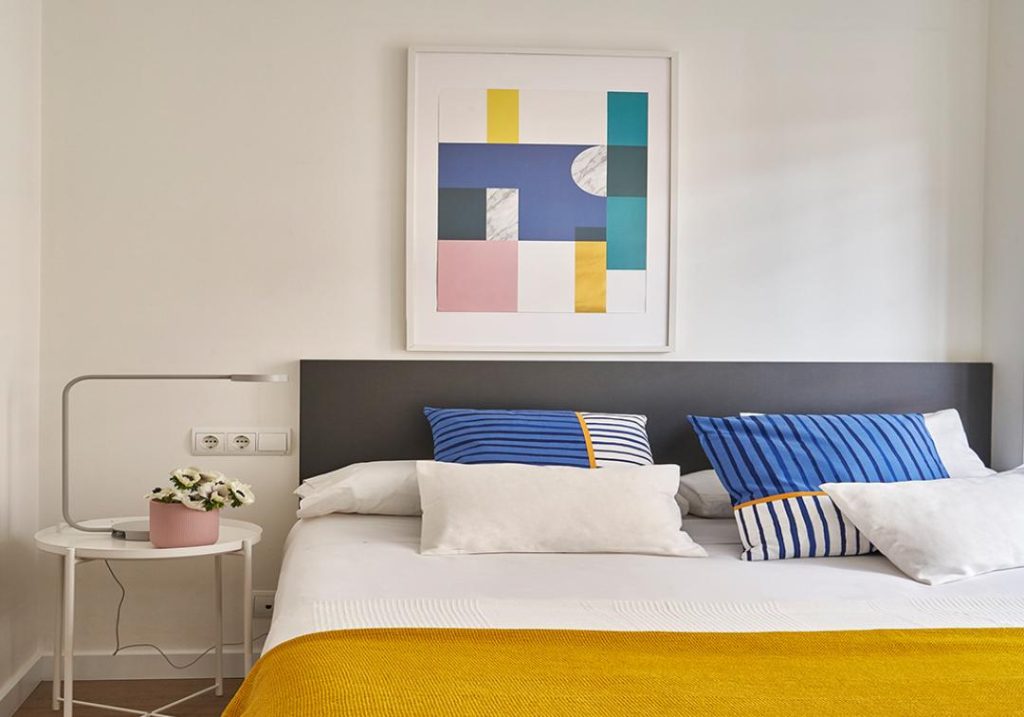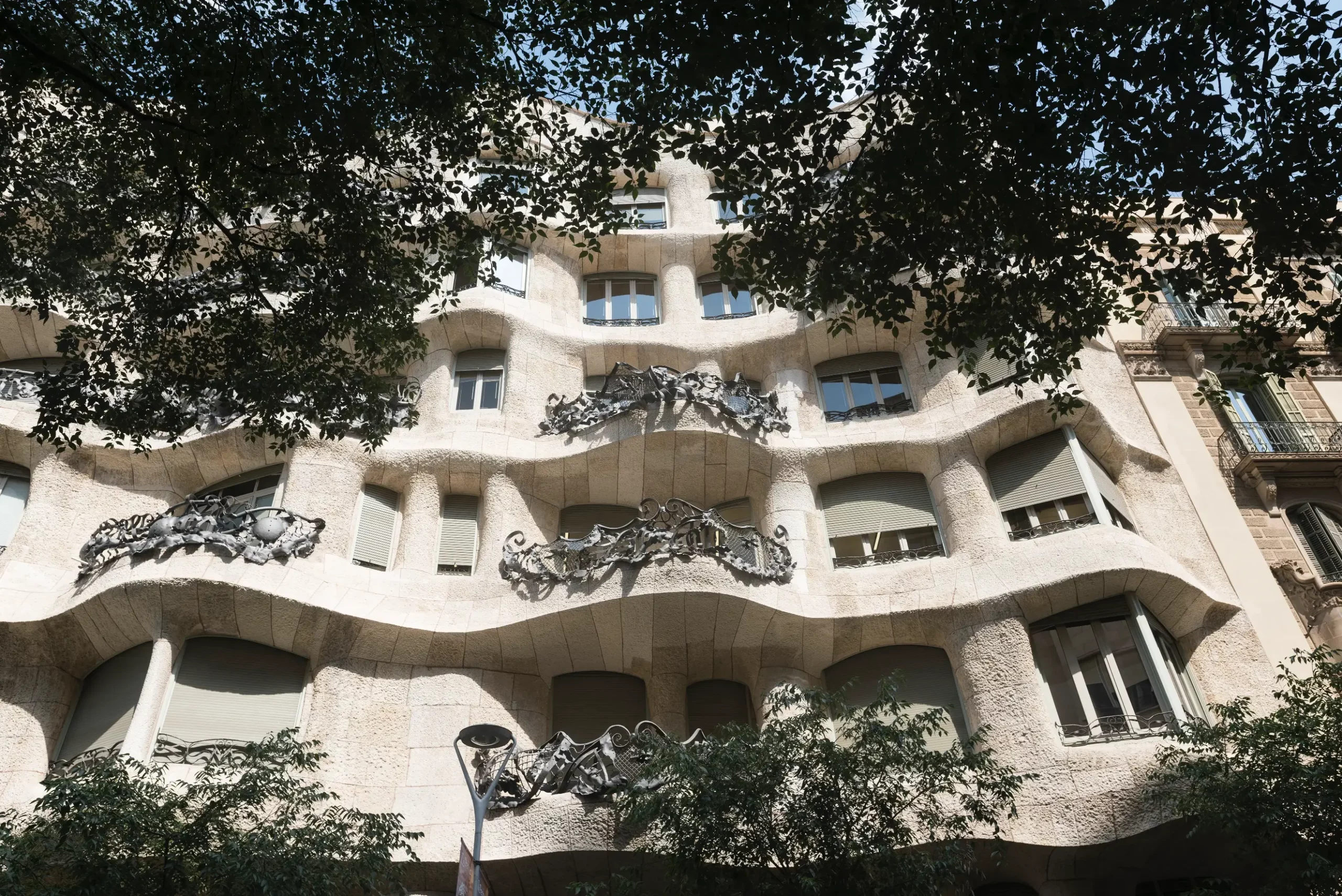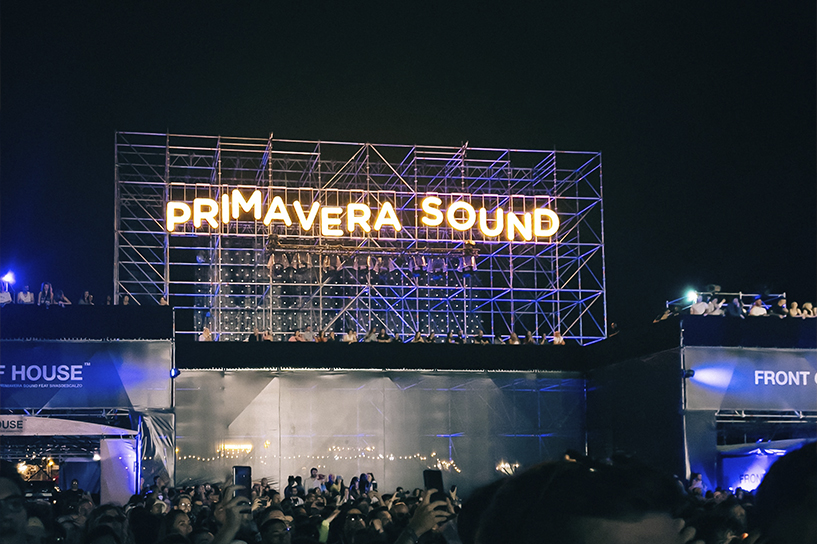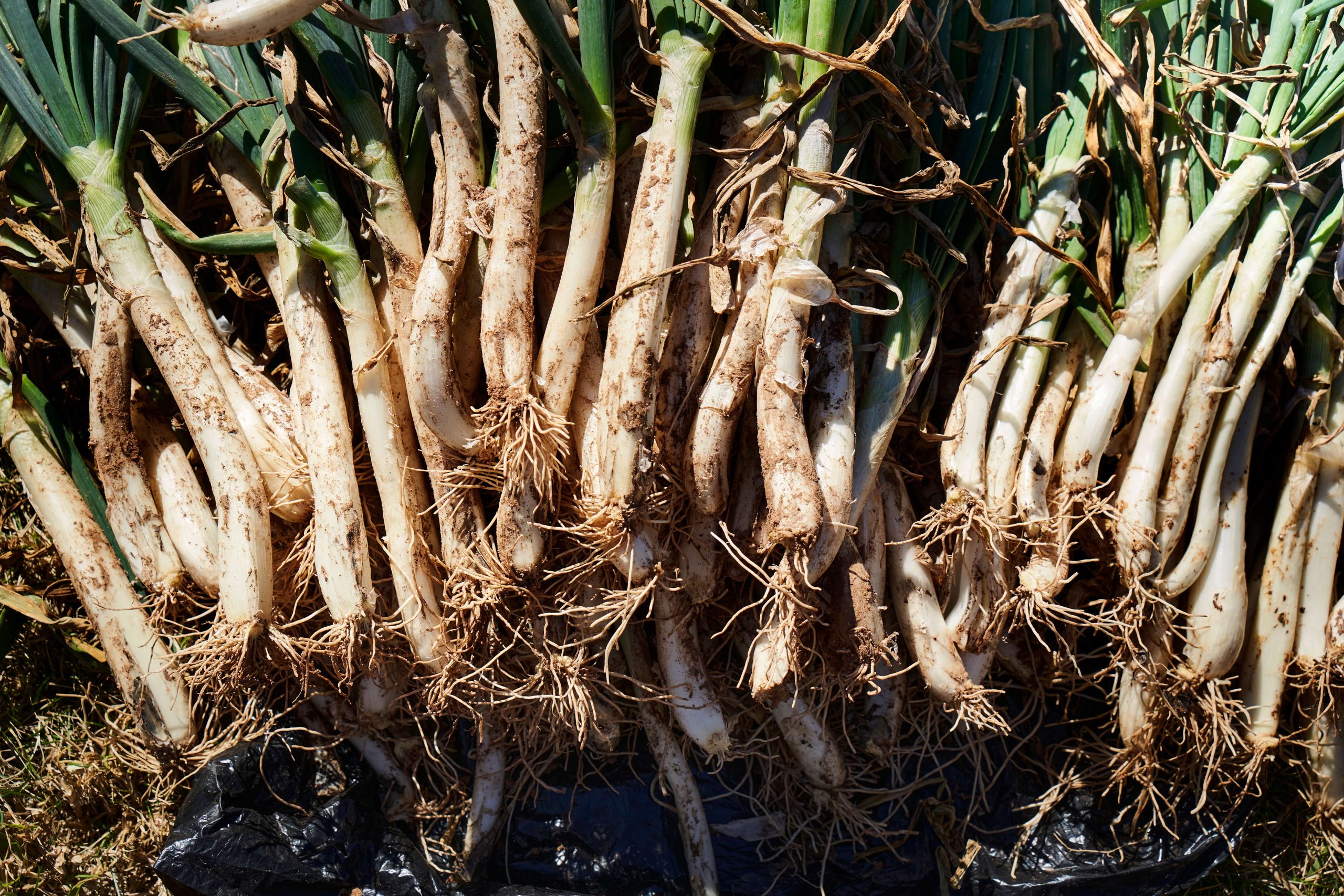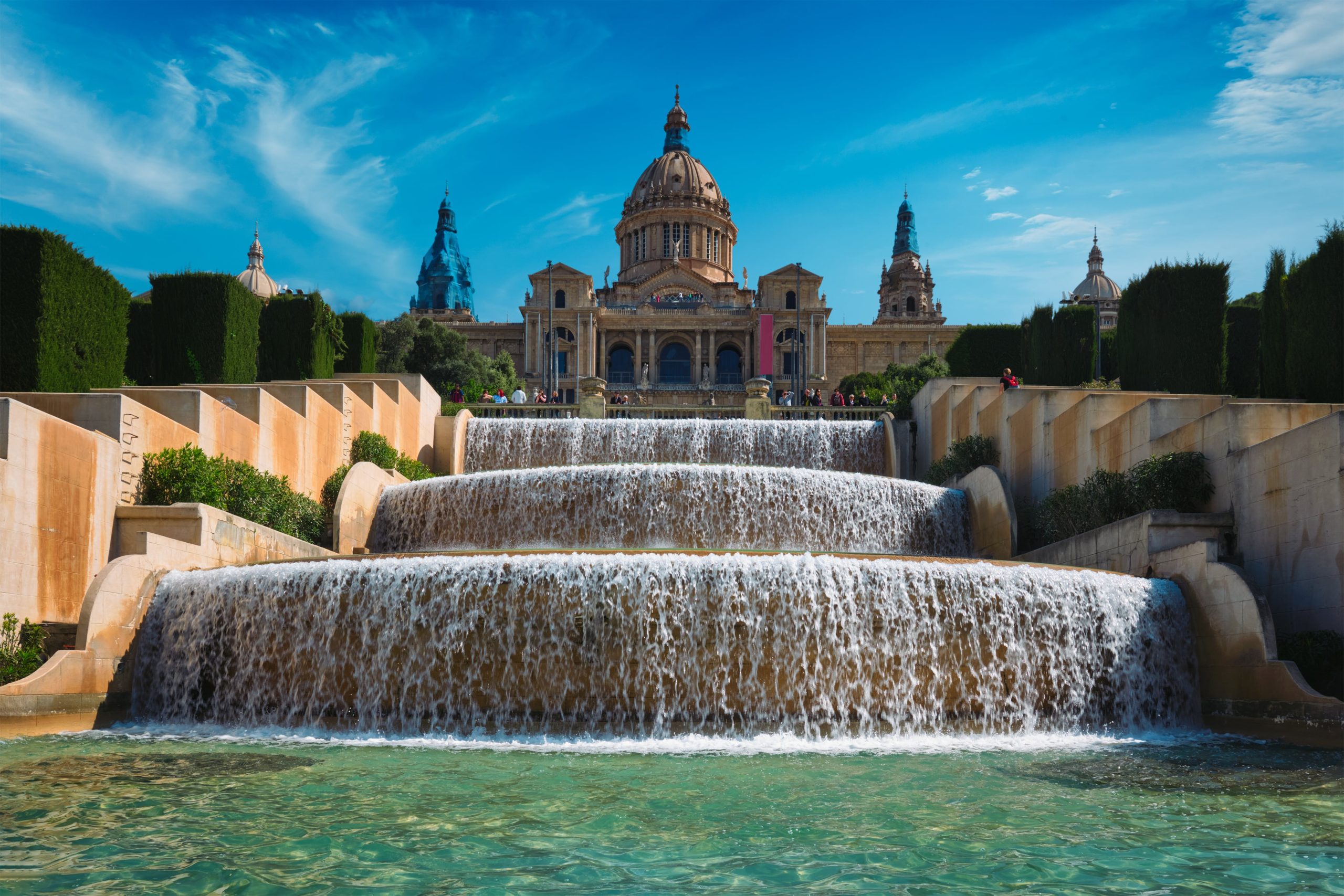It is practically impossible not to know any of the (many) reasons why it is worth making a trip to Barcelona. However, sometimes we tend to overlook one of the main attractions of the Catalan capital: the proximity of other major tourist centers, such as the Costa Brava o la Costa Daurada (or Costa Dorada).
We want to talk precisely about this last destination in our post today. So, in addition to offering you the best holiday apartments in Barcelona, we will also give you a host of good ideas to make the most of your well-deserved days of rest.
Located between the towns of Cunit and L’Hospitalet de l’Infant, both in the province of Tarragona, the Costa Daurada brings together all the ingredients for a unique experience on a 78.3 miles (126 km) coastline: fine sand beaches, beautiful virgin coves, archaeological settlements, the most genuine Catalan cuisine and, a few kilometers away, mountain landscapes that will take your breath away.
Below, we summarize what to see in the Costa Daurada by talking about its most attractive destinations. Are you ready?
CALAFELL
Divided into three centers – Calafell, Segur de Calafell and La Platja de Calafell-, this town with 25,000 inhabitants is one of the best family tourism options in the Baix Penedès region. Endowed with numerous services and infrastructures, this town is an ideal place to practice water sports, such as paddle surfing, windsurfing or dinghy sailing. The leisure offer is completed by the Ciutadella enclosure, a settlement founded in the 4th century BC, inhabited by the Iberian tribe of the cosetans and probably destroyed with the arrival of the Romans. Thanks to a faithful reconstruction carried out on the foundations of the town, it is possible to know how day-to-day life went on more than two millennia ago.
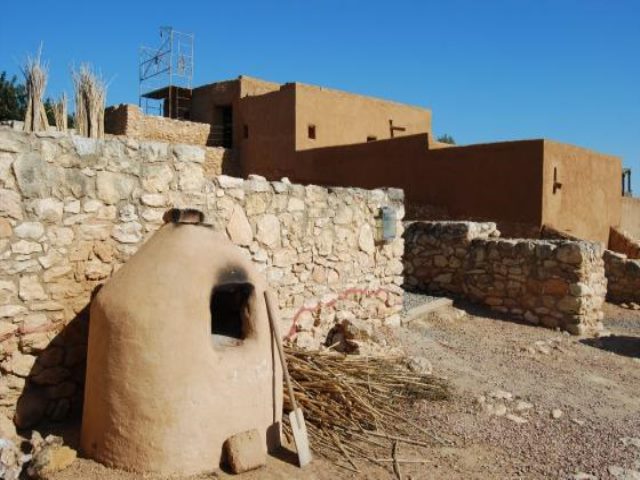
CREIXELL
Just 11 miles (18 km) from Tarragona and slightly away from the coast, you will find the fishing village of Creixell, another of the essentials to visit in the Costa Daurada. There you can see its beautiful castle and the Gothic church of Sant Jaume. Other interesting landmarks to visit outside the historical center are the Gothic building of the church of Sant Francesc and the hospital of Santa Magdalena.
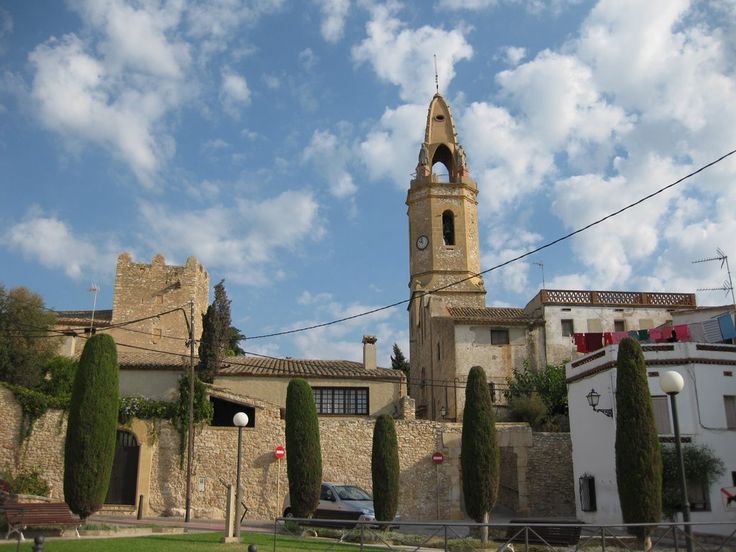
TORREDEMBARRA
Since the 1960s, Torredembarra has established itself as one of the main tourist centers of the Costa Daurada. Dominated by a castle or palace from the early sixteenth century, this town retains a small historic center that is worth the trouble to walk. In addition to monuments such as the church of Sant Pere, it is also good to spend some time admiring the Berà arch, located on the outskirts and on the route of the vanished Via Augusta (the current N-340 road). This jewel was erected around 13 BC, in the time of Emperor Augustus.
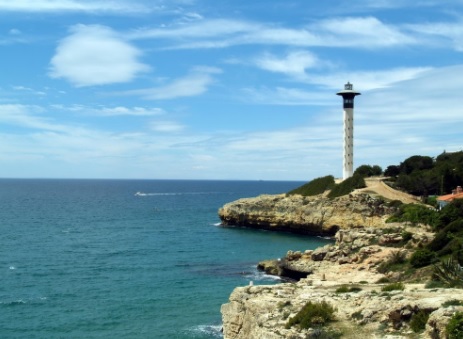
TARRAGONA
What about the spectacular capital of the province? Heiress of one of the main cities of Hispania, this city on the shores of the Mediterranean is a real-life open-air museum. Amongst its spectacular archaeological remains from the Roman era, we would like to highlight the Ferreres aqueduct, also known as the Pont del Diable, one of the best preserved aqueducts of the peninsula; the Escipions Tower, an extensive section of the old wall; the circus and the Roman forum and the amphitheater, dating back to the 2nd century AC and the only one in the world located next to the sea. Inside, you can still see the remains of an old Paleo-Christian church. These and other wonders are part of the archaeological site of Tarraco, declared a World Heritage Site by UNESCO in 2000.
However, this beautiful coastal city contains many other treasures, such as the cathedral of Santa Tecla, built in Gothic style in 1171; the traditional fishermen’s quarter of the Serrallo, the Mediterranean viewpoint, embellished by a beautiful railing – a popular saying says that those who touch it will return to the city – and the beach of El Miracle, where you can fight the summer heat with a refreshing swim.
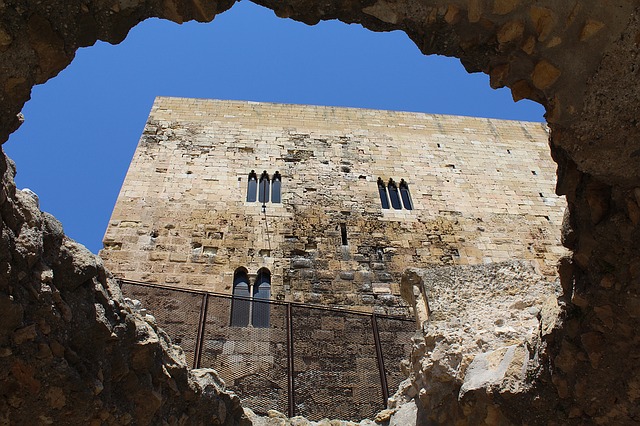
REUS
Despite not being strictly part of the Costa Daurada – it is located in the interior of the province -, we must not miss this attractive location, the second most important in Tarragona and the birthplace of the unique architect Antoni Gaudí. Possessing a dilated industrial past, Reus can boast of the imposing priory church of Sant Pere, built in the sixteenth century, and its essential Modernist Route, consisting of 29 buildings of great beauty. Among them, it is worth mentioning the Casa Navàs (Navàs House), in the central Plaça del Mercadal and designed by Lluís Domènech i Montaner, and the Institut Pere Mata, a psychiatric hospital designed by this same architect, and which served as inspiration to design the hospital Santa Creu and Sant Pau in Barcelona. Reus is also a very suitable place to go shopping – Monterols street, full of shops, is the perfect place for some retail therapy-, as well as a strategic point to get to know Catalonia, since it hosts the provincial airport at just 1.9 miles (3 km).
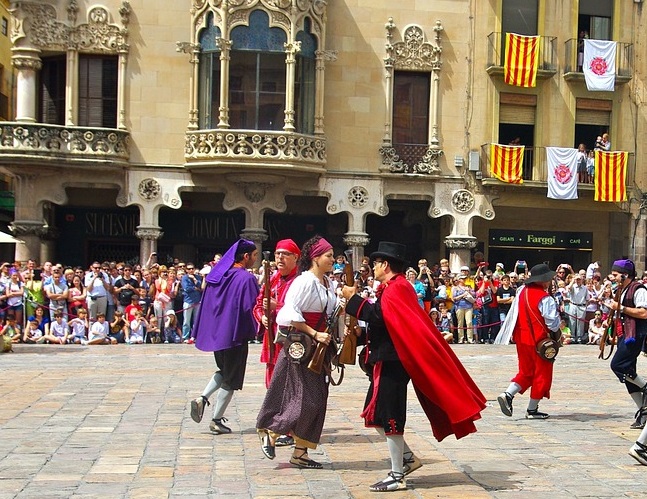
SALOU
Considered the capital of the Costa Daurada, Salou is deployed in a magnificent bay located a few kilometers from the city of Tarragona. With more than 4.3 (7 km) of beaches that have been awarded the Blue Flag, a wonderful array of gastronomical choices and a 24-hour leisure schedule of activities, this town is ideal to spend a few days of rest. In addition to monuments such as Torre Vella, a 1530 fortress converted into a cultural center, Salou is also famous for hosting PortAventura World, the first theme park inaugurated in Spain and the second largest in Europe. With approximately 3.5 million visitors a year, it combines an amusement park, a water park, a golf course and much more. Among its most important beaches, we should mention Cala Cranc, in Cap Salou.
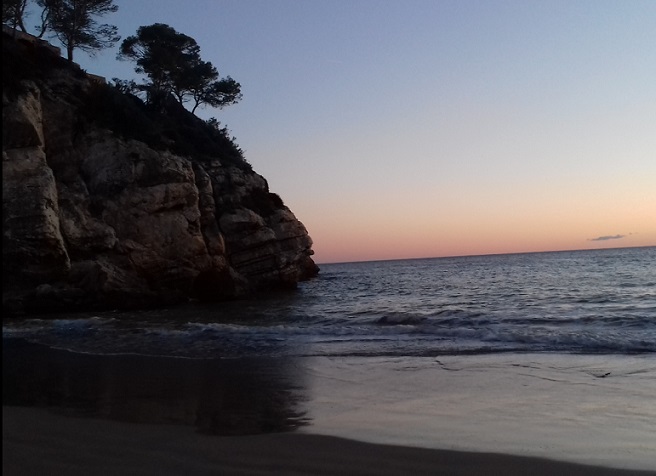
Book your holiday apartment in Barcelona now
VILA-SECA
Vila-seca is the other municipality that houses the PortAventura World site, which is why it is one of the places to see in the Costa Daurada. However, this is not the only reason why it is worth getting close to this town: another good reason is the beach of La Pineda, which hosts a spectacular sand-made Christmas crib every December.
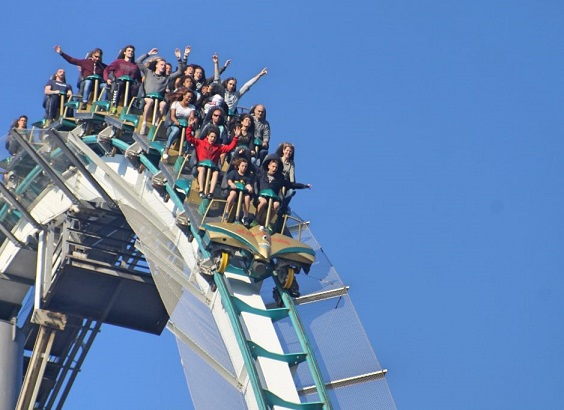
CAMBRILS
Cambrils was a fishing village in the past and has an interesting historical center. Take your time to walk quietly through its narrow streets or visit the ruins of the Roman remains of the Llosa, in the center of this town. Very close to Cambrils, the magnificent Samà Park (Parc Samà) opens its doors, which features a garden with peacocks, beautiful plants, a lagoon and a small waterfall.
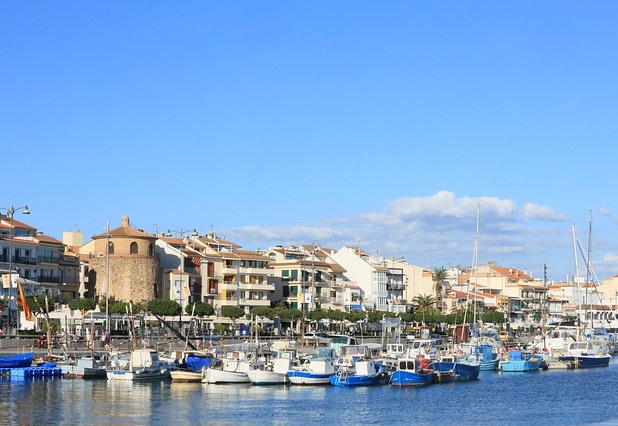
CISTERCIAN AND CARTHUSIAN MONASTERIES
In this mountainous area you will find fascinating gorges and peaks. Its highest peak is the Montsant, at the foothills of which you will find the Carthusian monastery of Scala Dei, built in the 12th century and considered the oldest in Spain. Neither can we ignore the Cistercian Route, formed by three spectacular monasteries: Santes Creus, Vallbona de les Monges and Poblet, where you will find the tomb of the kings of the Crown of Aragon. It was declared a World Heritage Site in 1991. Not far from there, you will surrender to the beauty of the medieval village of Montblanc, located 18.6 miles (30 km) from Tarragona city, closely linked to the legend of Sant Jordi and protected by an overwhelming wall. All in all, a must if you’re wondering what to see in the Costa Daurada.
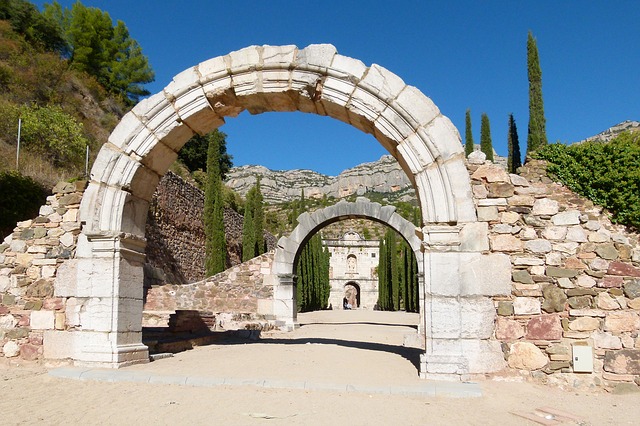
PRADES
These mountains not only stand out fdue to their scenic beauty, but also for the presence of some picturesque towns. Among them, it is worth mentioning Siurana, with a picture perfect church perched on a cliff, overlooking the marsh that gives the town its name; the small Albarca, at 815 m altitude, and the town of Prades, known as the Red Village because of the color of the stone of its buildings. Do not forget to discover its striking Renaissance fountain, located opposite the City Hall.
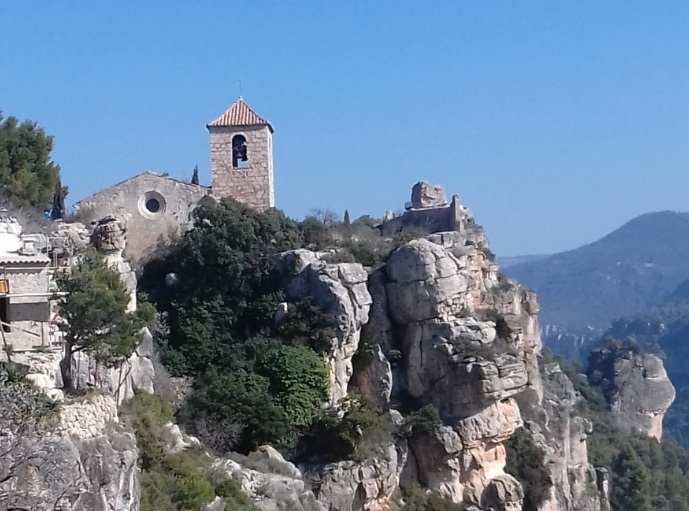
Want more ideas on what to see in the Costa Daurada or near it? In the area you will also find L’Espluga del Francolí, with an interesting prehistoric cave open to the public and the Museum of Rural Life; the Natural Park of Ports and the Delta de l’Ebre, a redoubt of biodiversity which is famous for its rice fields.
From our apartments in Barcelona, you can easily access all these magical corners. You are still dwelling on it?

